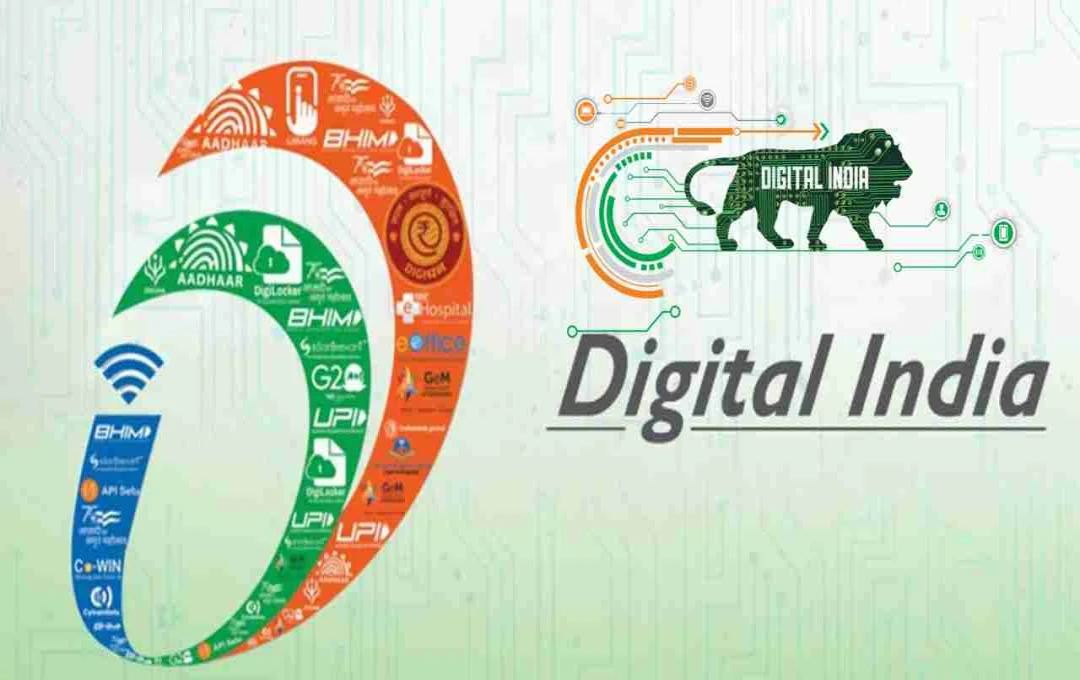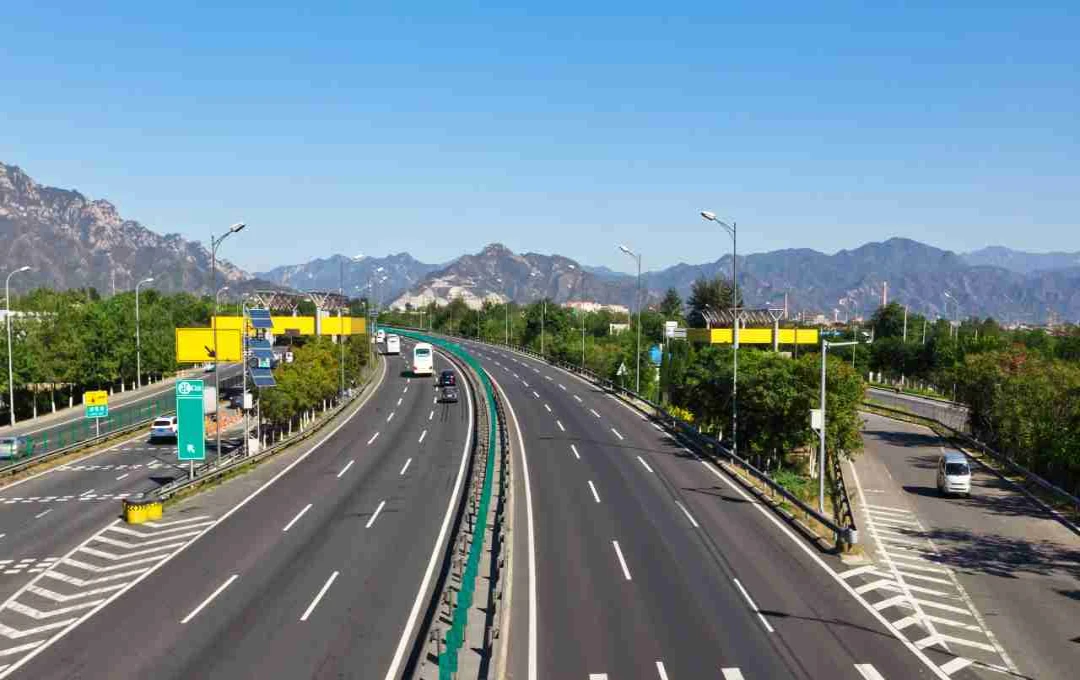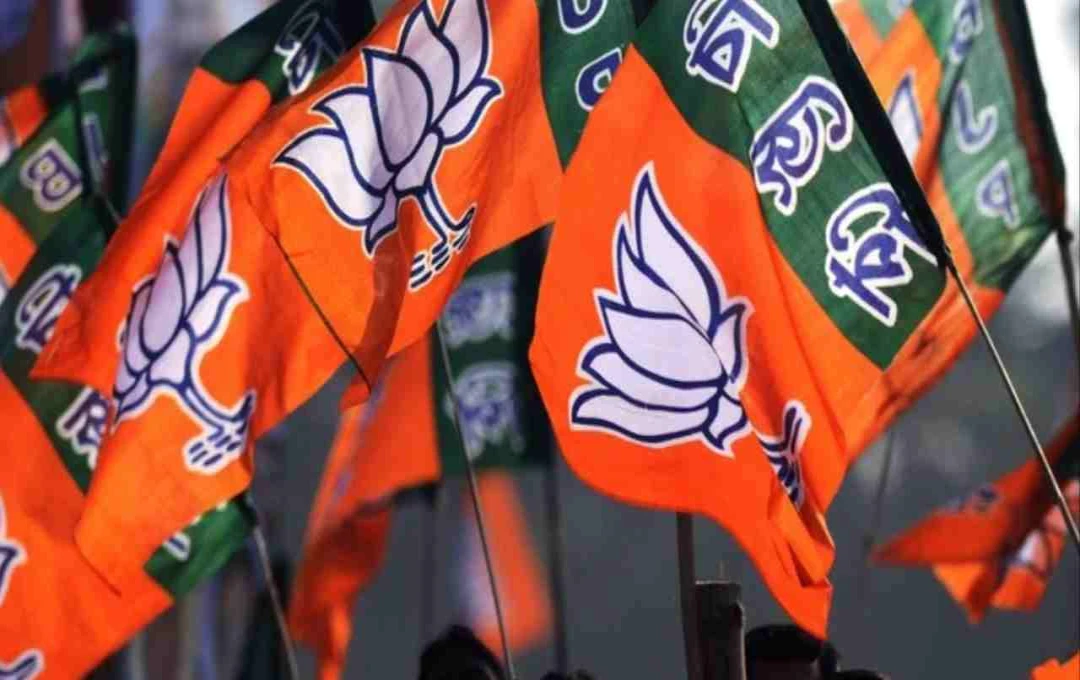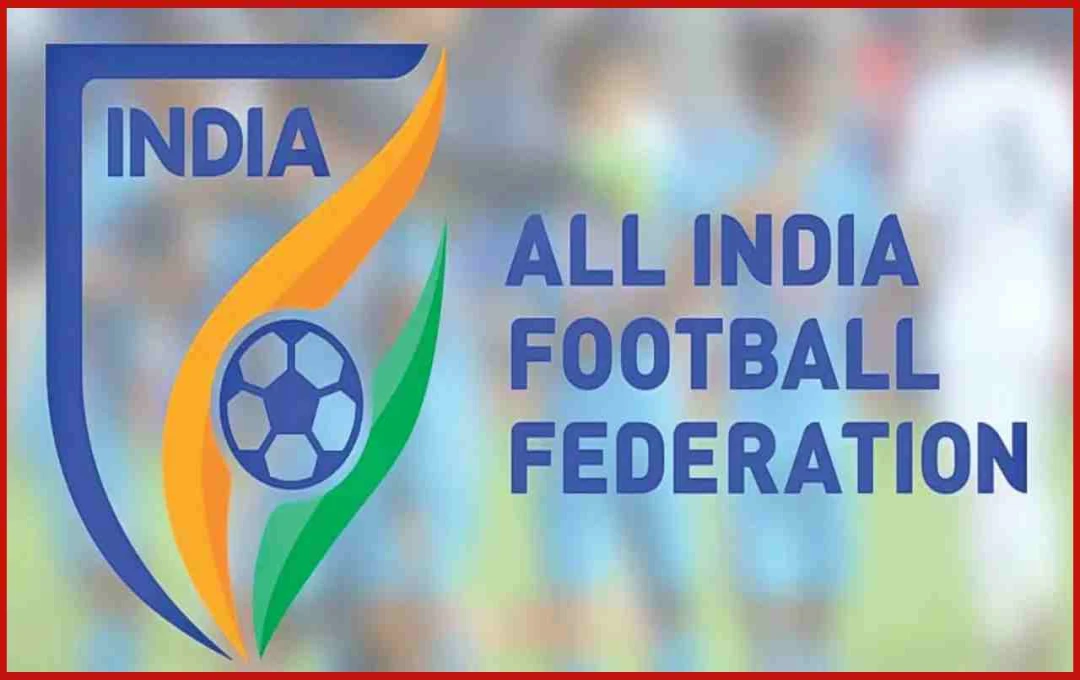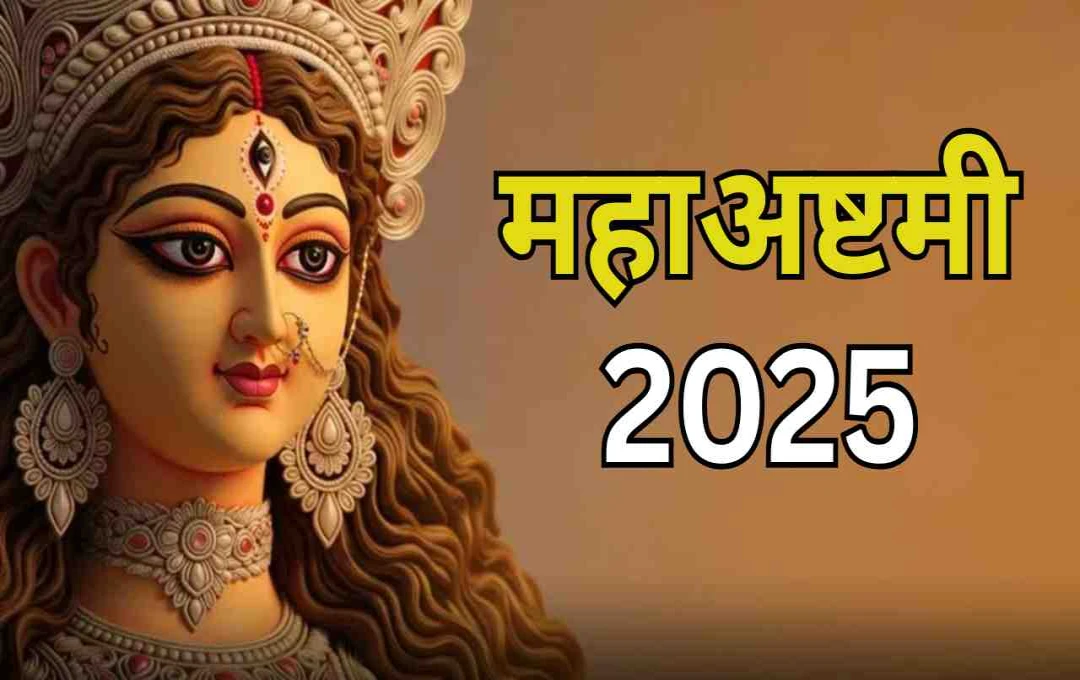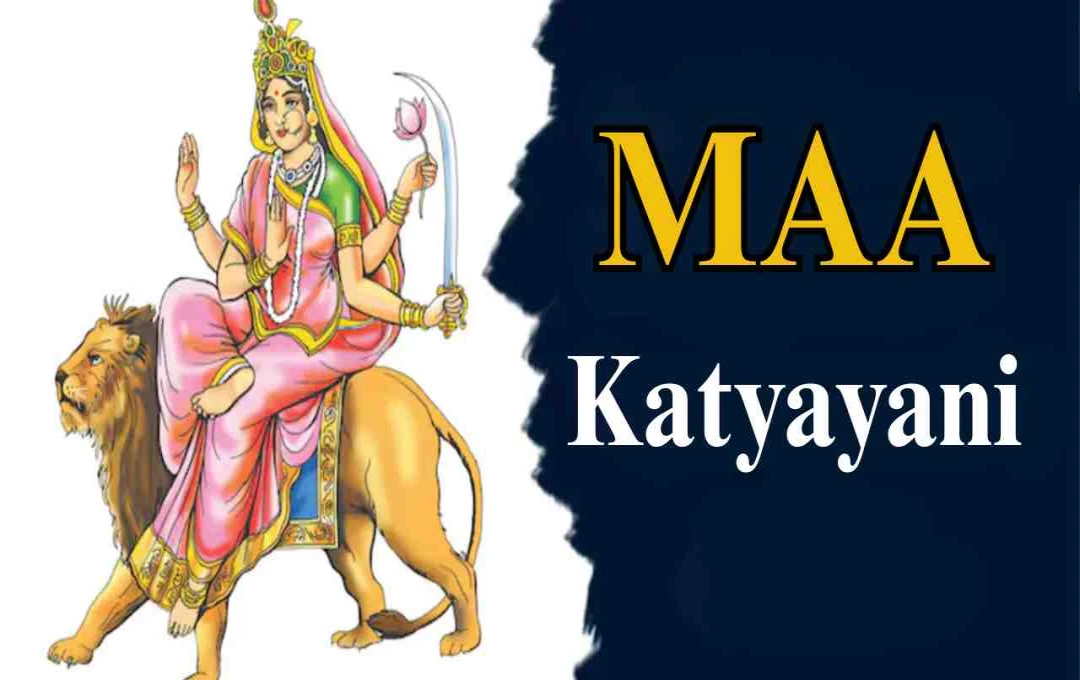The government's primary focus is currently on expanding digital payment access to every section and region of the country and promoting a cashless economy. Maintaining the affordability, speed, and reliability of platforms like the Unified Payments Interface (UPI) is a top priority.
New Delhi: The Unified Payments Interface (UPI) has become a revolutionary change for India, rapidly progressing towards a Digital India. From small transactions to large purchases, UPI is used everywhere today. However, recent reports claimed the government was planning to impose charges on UPI transactions exceeding ₹3,000. This news caused widespread public concern.
The government has now clarified the situation. The Ministry of Finance has explicitly stated that no charges will be levied on UPI transactions. Whether it's a ₹10 payment or a ₹10,000 payment, UPI will remain entirely free.
No Charges in Line with Digital India Goals
The government's focus remains on maximizing digital payment adoption and reducing cash dependency. UPI has been established as an affordable, fast, and reliable payment method nationwide, and the government will not impose any fees to maintain its accessibility to the general public.
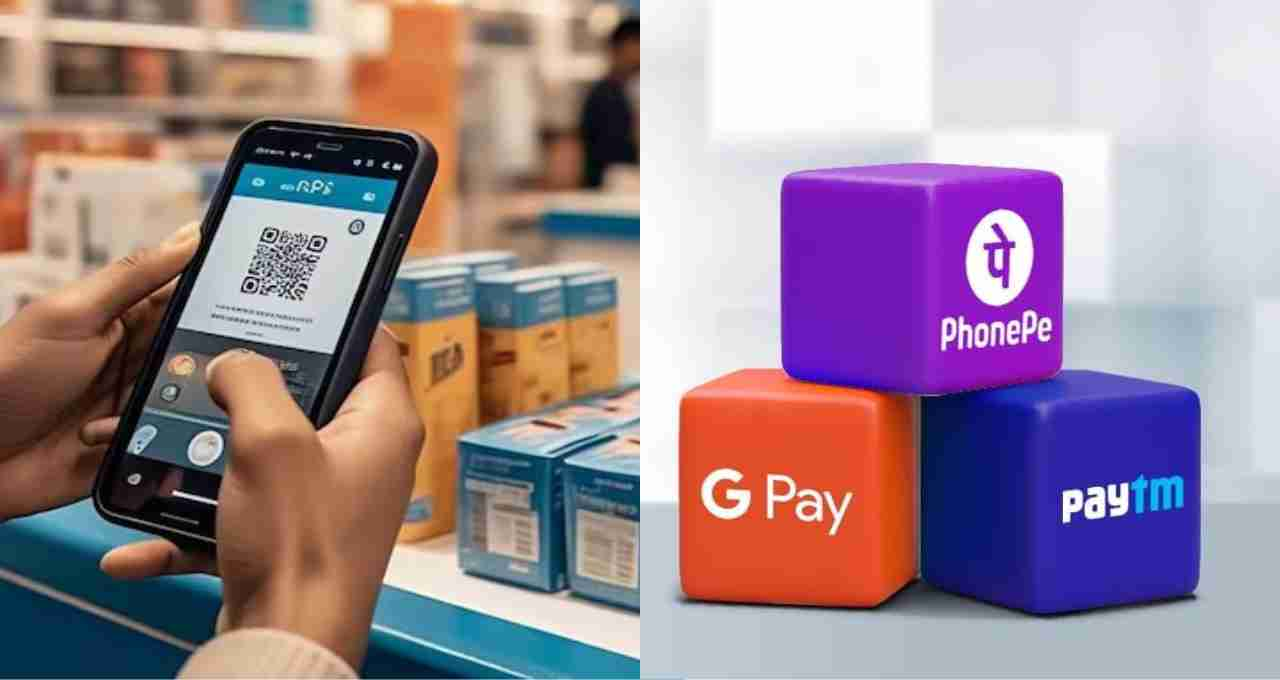
A statement released by the Ministry of Finance clarifies that currently, no Merchant Discount Rate (MDR) or other charges are applicable to UPI, and there are no plans to reintroduce them. The government is working on making the entire system sustainable in the long term, but no burden will be placed on ordinary consumers.
Understanding MDR and the Charge Debate
MDR, or Merchant Discount Rate, is a fee charged by banks and payment service providers to merchants when a customer makes a digital payment. This fee was previously applicable but was eliminated by the government to promote UPI. Recent discussions about its reintroduction caused confusion.
However, the government has clearly dismissed concerns about imposing any charges on UPI.
UPI's Expanding Reach and Transaction Records

Approximately 80% of all digital payments in India are now conducted through UPI. According to the National Payments Corporation of India (NPCI), the total value of person-to-merchant UPI transactions since 2020 has exceeded ₹60 lakh crore.
This popularity makes UPI the backbone of digital payments. It is used by people from all walks of life, from rural areas to metropolitan cities.
Costs Exist, but Solutions Won't Come at Public Expense
Maintaining the UPI infrastructure, ensuring smooth operation, and implementing technology upgrades involves significant costs. Banks and payment gateway companies must make substantial investments in networks, servers, and security. The government recognizes the need for a sustainable model.
However, the government has also clarified that any future changes will be designed to avoid imposing any financial burden on ordinary consumers.
Relief for RuPay Credit Card Holders
The government has also stated that even if a fee-based model is implemented in the payment system in the future, RuPay credit card transactions will continue to be exempt from MDR. This is further reassuring, as RuPay cards are promoted by the government and are part of the Make in India initiative.
